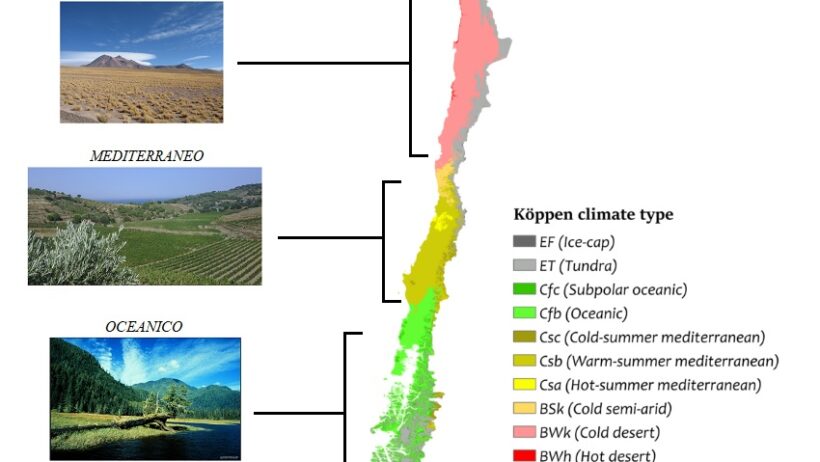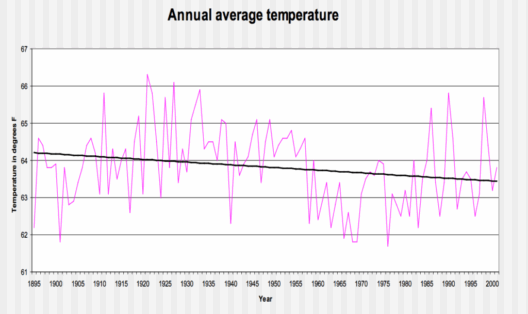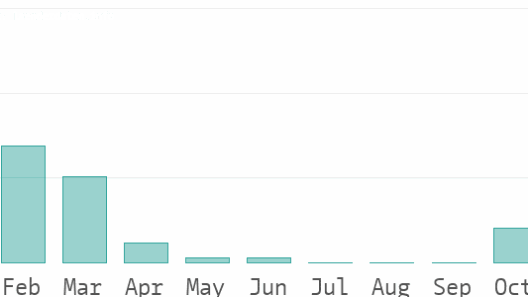Chile is a land of mesmerizing vistas, where the soaring Andes meet the undulating Pacific coast, creating a unique tapestry of climate zones. This geographic diversity poses an intriguing question: How does the interplay between these distinct environments shape the climate experiences of Chileans across the country? The complexity of Chile’s climate is a microcosm of broader environmental challenges, and understanding this intricate relationship is essential for addressing the pressing issues of climate change and sustainability.
Beginning in the north, the Atacama Desert stands as one of the driest places on the planet. Renowned for its aridity, the region receives less than 1 millimeter of rainfall annually in some areas. This desert has adapted in extraordinary ways to such inhospitable conditions, with flora and fauna exhibiting remarkable resilience. But rather than viewing this desert climate solely as extreme, it can be considered a vital component of Chile’s overall climatic profile. The scarcity of water not only defines the region’s ecosystem but has also significantly influenced human settlement patterns, agriculture, and economic activities such as mining.
Transitioning to the central regions, a remarkable transformation occurs. The Mediterranean climate here is characterized by wet winters and dry summers. This area, encompassing cities like Santiago and Valparaíso, thrives on agriculture supported by the melting snows of the Andes. They provide vital water resources during the arid months, fostering a verdant landscape surprisingly lush given the surrounding desert. The agricultural practices borne out of this climate have contributed to both local diets and the economy, as Chile becomes an important exporter of fruits and wines. Yet, these practices come with challenges. The changing climate, marked by increasingly erratic weather patterns, threatens these agricultural outputs, raising crucial questions about food security, resource management, and long-term sustainability.
Further south, the climate begins to shift again. As one approaches the Lake District, a cooler, more temperate climate prevails. This region is characterized by lush forests, temperate rainfalls, and a biodiversity that feels abundant compared to the arid north. The contrast is stark and profound. The impact of this humid climate on biodiversity is significant; forests teeming with life not only store carbon but also support myriad species, acting as crucial allies in combatting climate change. Yet, this too faces threats—deforestation, pollution, and climate-induced natural disasters disrupt these delicate systems, raising alarms about ecological preservation.
Finally, at the southernmost tip lies Patagonia, a region graced with majestic glaciers, wind-swept landscapes, and turbulent weather. Here, the effects of climate change are becoming increasingly visible. Glaciers are receding at alarming rates, providing a harrowing indication of global warming. This geopolitical marginalization of climate impacts raises pivotal discussions about the responsibility of nations to combat climate change and mitigate its effects. What can Chile teach the world about addressing these changes? It is not merely an environmental issue but a matter of moral responsibility to safeguard vulnerable ecosystems for future generations.
Yet amidst these challenges, there lie opportunities for innovation and sustainable development. Chile has begun to invest heavily in renewable energies, particularly in solar and wind power. The Atacama Desert, with its bountiful sunlight, presents a golden opportunity for solar energy production. Wind farms dotted along the coasts exemplify a burgeoning commitment to sustainable energy solutions. However, the ambitious undertakings have ignited a dual discussion: while the advancement of renewable energy sources is commendable, they must be balanced with considerations for local communities and ecosystems. The development of renewable resources should not come at the expense of ecological or social integrity. How can Chile structure its energy production in a way that fosters sustainability and equity? This question demands critical examination and robust dialogue.
Moreover, the coastal region of Chile brings another layer to the climate discourse. The marine ecosystems, rich in biodiversity, face threats from overfishing and pollution. Changes in ocean temperature and acidity are disrupting marine life, affecting both local fishermen and the broader food supply. Promoting sustainable fishing practices while protecting marine habitats is crucial. Policymakers must navigate the fine line between economic activity and environmental health, ensuring that both can coexist harmoniously.
As the climate crisis escalates, Chile’s experience serves as both a microcosm and a beacon of potential resilience. The pressing issues posed by extreme weather, shifting agricultural zones, dwindling water resources, and the existential threats to biodiversity collectively illustrate the urgency of climate action. Addressing these multifaceted challenges calls for collaboration between governments, local communities, scientists, and global organizations.
It’s time for an introspective look: can Chile harness its unique environmental strengths to lead an innovative approach to climate resilience? By fostering sustainable solutions and emphasizing community involvement, Chile has the potential to emerge as a leader in the global sustainability movement. The interplay of the Andes and Pacific should not just be viewed as a backdrop to the nation’s vibrant culture but as a complex narrative that informs the future of ecological stewardship.
The stakes are high. Chile’s diverse climates offer both challenges and solutions, necessitating a concerted and thoughtful approach to climate action. The richness of Chile’s landscapes is mirrored in its potential for climate resilience—an introspection that can set precedents for nations worldwide grappling with similar challenges. Will Chile rise to meet this challenge? The future likely hinges on the ability to adapt, innovate, and lead the way in sustainable practices.




